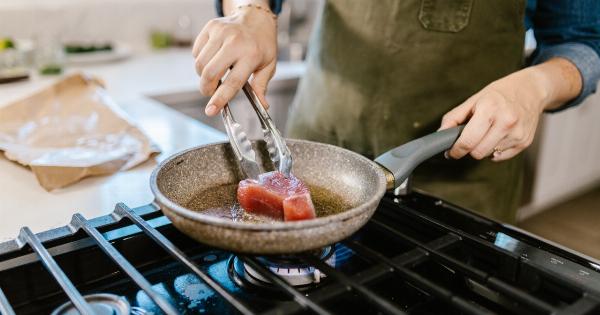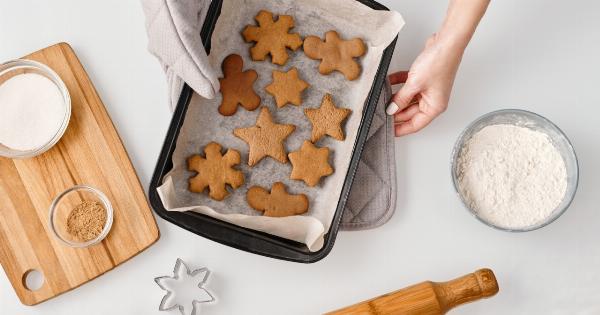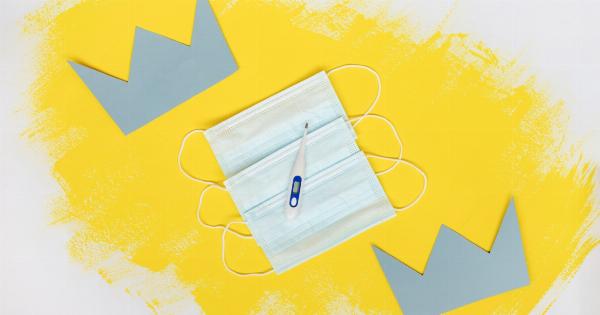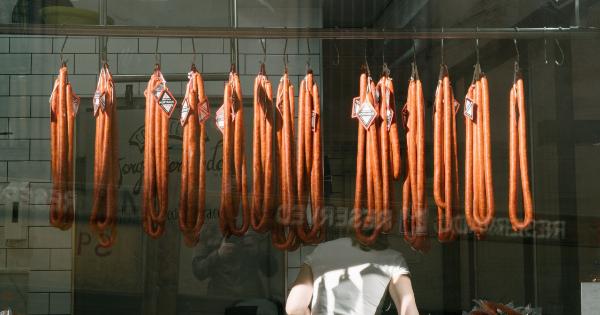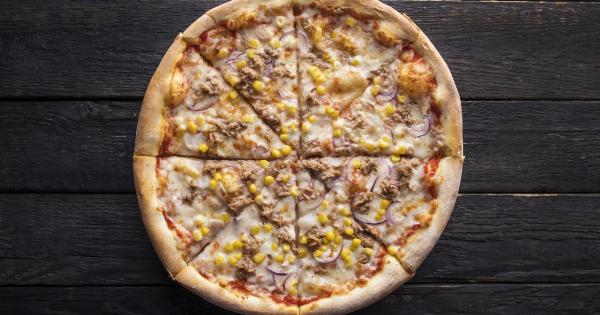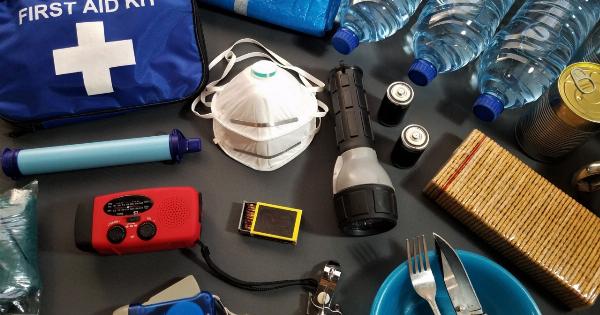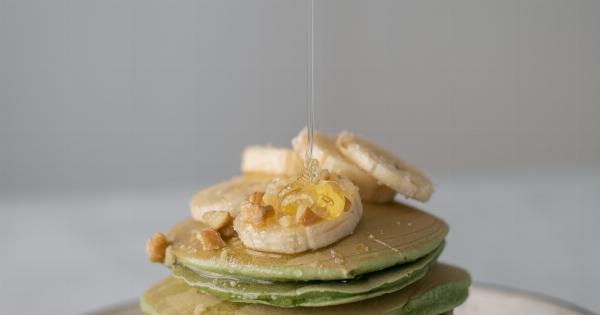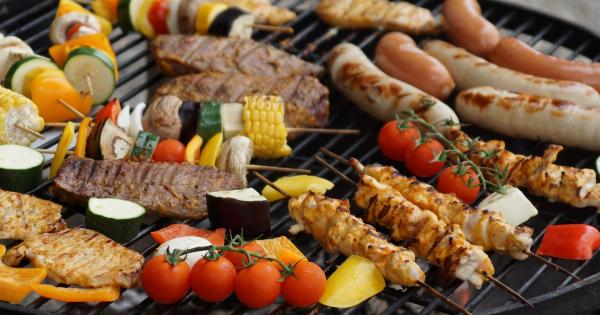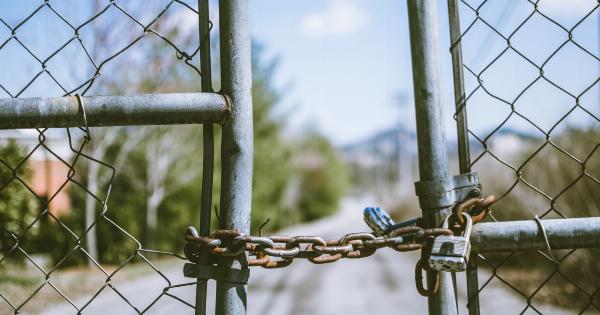Stainless steel sinks are a popular choice for modern kitchens due to their durability, sleek appearance, and resistance to corrosion.
However, recent studies have revealed the potential dangers of using stainless steel sinks, particularly when it comes to food safety and hygiene. In this article, we will discuss the deadly truth about stainless steel sinks and the steps you can take to mitigate these risks.
What is Stainless Steel?
Stainless steel is an alloy of iron, carbon, and other metallic elements that impart strength and durability to the material.
It is characterized by its ability to resist corrosion, heat, and chemical damage, making it a popular choice in a wide range of applications, from kitchen appliances to surgical instruments.
The Dangers of Stainless Steel Sinks
While stainless steel sinks have many benefits, they also pose a potential risk to the health and safety of users.
One of the primary concerns is the presence of nickel and chromium in the metal, which can leach into food and drinks that come into contact with the sink. These metals can cause allergic reactions, skin irritation, respiratory problems, and even cancer in some cases.
In addition, stainless steel sinks are prone to harboring bacteria and other pathogens if not cleaned properly. The porous nature of the metal can trap food particles and moisture, providing a breeding ground for harmful microorganisms.
This can result in foodborne illnesses, such as salmonella and E. coli, which can be fatal in some cases.
How to Mitigate the Risks of Stainless Steel Sinks
Despite the potential dangers of stainless steel sinks, there are several steps you can take to minimize the risks and ensure the safety of yourself and your family.
Choose High-Quality Stainless Steel
The quality of the stainless steel used in your sink can make a significant difference in terms of safety and hygiene. Look for sinks that are made from high-quality, food-grade stainless steel that is free from contaminants and impurities.
This will reduce the likelihood of harmful metals leaching into your food and drinks.
Clean Your Sink Regularly
Regular cleaning is essential for maintaining the hygiene of your sink and preventing the buildup of bacteria and other pathogens.
Use a mild dish soap and warm water to clean your sink after each use, and avoid using abrasive cleaners or tools that can scratch the surface of the metal.
Disinfect Your Sink
In addition to regular cleaning, it is important to disinfect your sink periodically to kill any remaining bacteria or germs. You can use a solution of vinegar and water, or a commercial disinfectant, to sanitize your sink.
Be sure to rinse the sink thoroughly after disinfecting to remove any trace of the cleaning solution.
Avoid Leaving Food or Moisture in Your Sink
Food particles and moisture can quickly accumulate in your sink, creating an ideal environment for bacteria and other harmful microorganisms to thrive. To avoid this, be sure to avoid leaving food or standing water in your sink for extended periods.
Rinse your sink thoroughly after each use to remove any debris.
Consider Using a Cutting Board or Tray
If you frequently use your sink for food preparation, consider using a cutting board or tray to reduce the amount of direct contact between your food and the sink surface.
This will help prevent the transfer of bacteria and other contaminants to your food.
Replace Your Sink if Necessary
If your sink is damaged, corroded, or otherwise compromised, it may be time to replace it. A damaged sink can pose a serious health risk, as it can harbor bacteria and other pathogens that are difficult to remove.
Replace your sink if you notice any of the following signs:.
- Cracks or chips in the surface of the metal
- Rust or corrosion that can’t be removed with cleaning
- Stains or discoloration that persist after cleaning
- Signs of wear or damage to the drain or plumbing connections
Conclusion
While stainless steel sinks can be a durable and stylish addition to any kitchen, they also pose a significant risk to food safety and hygiene if not maintained properly.
By choosing high-quality materials, cleaning and disinfecting your sink regularly, and being mindful of the potential risks, you can ensure the safety and wellbeing of yourself and your family.



